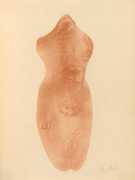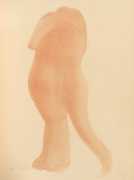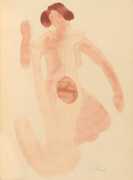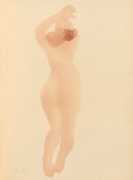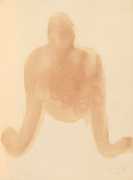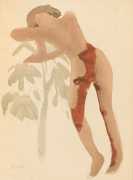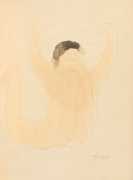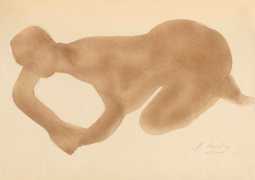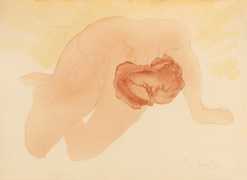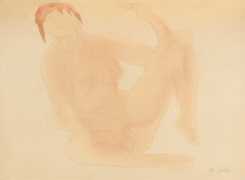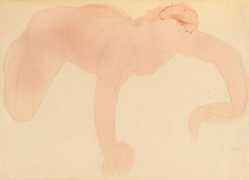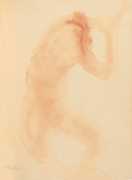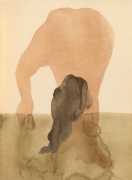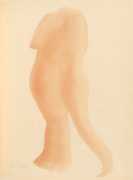
Le jardin des supplices (The Torture Garden) is a novel by the French journalist, novelist and playwright Octave Mirbeau, first published in 1899 during the Dreyfus affair, when a Jewish army officer was falsely accused of spying. The novel is ironically dedicated ‘To the priests, the soldiers, the judges, to those people who educate, instruct and govern men, I dedicate these pages of murder and blood’.
The book is a strange mixture of narrative, criticism and diatribe, its title coming from a section late in the book which describes a visit to a Cantonese prison by a narrator accompanied by the sadist and hysteric Clara, who delights in witnessing flayings, crucifixions and numerous tortures, all carried out in a beautiful garden. Parallel with this narrative is a denunciation of bloody colonialism, and a ferocious attack on what Mirbeau saw as the corrupt morality of bourgeois capitalist society and the state, both of which he believed were based on murder and the hiding of truth.
Octave Mirbeau and Gustave Rodin had known each other for some time before Le jardin des supplices was published, and when the novel was published Mirbeau had the idea that a new edition, lavishly illustrated by Rodin, would be a brilliant collaboration. He turned to the publisher Ambroise Vollard, who had acquired quite a reputation producing illustrated books for collectors. Vollard had just successfully published Paul Verlaine’s Parallèlement with drawings by Pierre Bonnard, and quickly took up Mirbeau’s proposal. Despite difficulties in finding a printer – several refused to handle such an ‘immoral’ book – a contract was signed; Rodin promised to deliver twenty colour compositions, to be lithographed by Auguste Clot, who would receive four copies of the book in payment.
From the outset, however, Rodin had no intention of illustrating Mirbeau’s narrative; he planned to choose the twenty matched illustrations from his recent drawings, more stylised, experimental and uniformly-coloured than his earlier work. The Le jardin des supplices drawings coincided with Rodin’s first one-man exhibition (which included the Jardin drawings). A quotation from the German poet Rainer Maria Rilke sums up the critical response to these works: ‘There appeared these strange documents of the instantaneous, of what happens imperceptibly. Rodin suspected that the unintentional movements executed by the model thinking herself unobserved, if one caught them quickly, could harbour a vigour we have no idea of because we are not used to paying active and sustained attention to them. By not taking his eyes off the model and entirely abandoning the paper to his swift and experienced hand, he drew an infinite number of gestures never seen, always overlooked, and the expressive power they exude is immense.’
A good English translation by Alvah Bessie of The Torture Garden was reissued by Bookkake in 2008, together with an excellent new introduction by Tom McCarthy.


